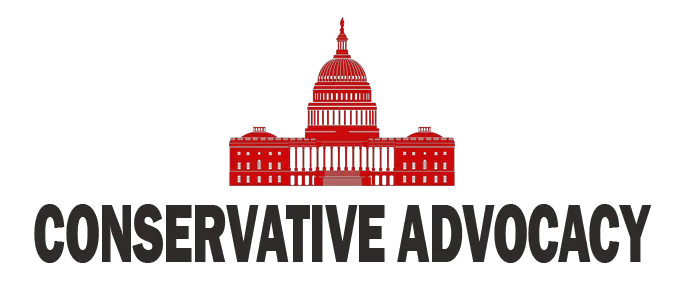The world of tariffs and trade just got a lot more interesting as a recent ruling from the Court of International Trade caught everyone’s attention. This ruling has temporarily reinstated tariffs that the Trump administration had once imposed, making it clear that the administration still holds some cards in the trade game. Trade experts and legal eagles alike had their eyes on this case, and for good reason—tariffs can truly shape the economy faster than you can say “import tax.”
The catch? The administration now has a few options on the table to explore. Historically, tariffs were tools wielded by the president, with Congress granting the power to impose them when it comes to trade matters. Yes, Congress might have stepped back a little, but they certainly haven’t thrown in the towel completely. The President can now utilize specific laws that allow for temporary tariffs, while also conducting investigations to determine their necessity. It’s like playing poker—knowing when to hold onto your cards and when to fold can change the outcome entirely.
While some sectors, like the auto and steel industries, remain unaffected by this ruling, it opens up a new window to explore tariffs in other areas. The Trump administration had previously conducted extensive investigations to support their tariff decisions, with thorough reports that virtually left the federal courts with little wiggle room to act against them. There’s no doubt that these large-scale investigations could make a comeback, allowing the administration to fine-tune their approach and support the tariffs for yet another round.
However, it’s worth noting that the current administration had grand plans that didn’t quite go as intended. They shot their shot, but the courts didn’t fully see eye to eye. Yet the president still maintains the necessary authority to negotiate trade deals, and this ruling may very well serve as a catalyst for new discussions among countries—after all, diplomacy is a dish best served with a sprinkle of tariffs on the side.
Meanwhile, Congress finds itself in a bit of a conundrum. While they have previously kept the Trump-era tariffs in play, their next steps will be crucial. As tension simmers between the legislative branch and the executive, it’s clear that action is needed to avoid instability in international trade. So far, lawmakers have voted to keep these tariffs in place, recognizing that they can be quite effective in countering a growing trade deficit with countries like China.
In the end, as the winds of change blow through the halls of trade policy, it remains uncertain how the Supreme Court might rule if this case makes it to the highest judicial body. The intricacies of the International Emergency Economic Powers Act (IEEPA) could raise eyebrows and spark debates, particularly among conservative circles. As the situation evolves, one thing is certain—tariffs are a complicated yet thrilling part of America’s economic strategy, and they aren’t going anywhere soon.




